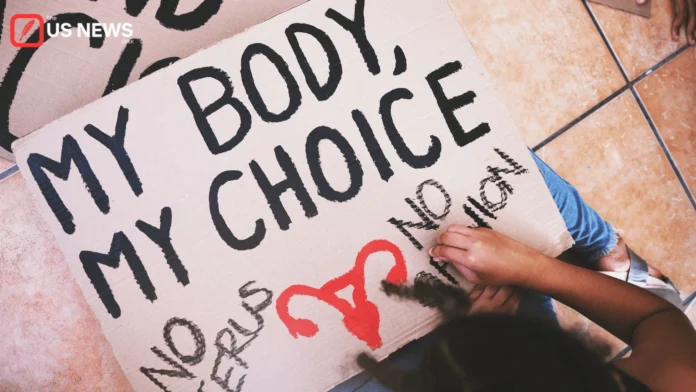The abortion debate in the United States has entered a new, more complicated phase. While the Supreme Court’s 2022 decision to overturn Roe v. Wade shifted control of abortion regulation to the states, the clash between state legislatures and federal guidelines has intensified. Today, the legal landscape is marked by sharp contrasts: some states pushing for near-total bans, others safeguarding access, and federal agencies struggling to maintain nationwide standards for healthcare providers.
Federal Guidelines Under Pressure
The Biden administration, through the Department of Health and Human Services (HHS), continues to enforce policies designed to protect access to reproductive healthcare, particularly emergency abortion services under the Emergency Medical Treatment and Labor Act (EMTALA). Federal agencies argue that hospitals must provide abortion care if a patient’s life is at risk, even in states with strict bans.
However, several states, including Texas and Idaho, have pushed back. They argue that such mandates interfere with their sovereignty and legislative authority. This has triggered ongoing lawsuits and a looming showdown in the federal courts, with implications that could redefine the balance of power between Washington and the states.
Midwest Battlegrounds
In the Midwest, states have become laboratories for restrictive abortion laws.
- Iowa: The state legislature passed a six-week abortion ban in 2023, now tied up in courts. Lawmakers argue it reflects “local values,” challenging federal emergency guidelines that require hospitals to provide care regardless of gestational limits.
- Missouri: With one of the strictest bans in the country, state officials have resisted federal calls to ensure access in cases of severe health risks, setting up another flashpoint between state and federal authority.
These legislative experiments in the Midwest are more than symbolic; they reflect broader ideological battles and could serve as templates for neighboring states.
Southern States Push Further
The South has become the front line of the abortion conflict, where legislatures are moving aggressively to test federal boundaries.
- Texas: Already enforcing one of the nation’s toughest bans, lawmakers are backing measures to penalize healthcare providers who follow federal directives. This has created confusion for hospitals caught between state penalties and federal compliance requirements.
- Florida: Despite being a regional hub for reproductive healthcare, the state has enacted a six-week ban set to take effect pending court approval. Federal officials warn that this directly conflicts with patient protections under EMTALA.
- Alabama: State leaders are considering laws that would expand penalties not only for abortion providers but also for out-of-state organizations helping women travel for care. Legal experts suggest this could trigger a constitutional battle over interstate commerce and individual rights.
The Human Impact
While political battles rage, patients and healthcare workers face a legal maze. Emergency room doctors in restrictive states describe situations where they hesitate to provide care—even when a patient’s life is at risk—for fear of state prosecution. Federal agencies argue that this chilling effect endangers lives, while state leaders claim it protects the unborn.
One physician in Tennessee, speaking under anonymity, explained: “We are practicing medicine in constant fear of legal consequences. Federal guidelines say one thing, state law says another. Patients are the ones caught in the crossfire.”
Courts as the Final Arbiter
The Supreme Court is expected to revisit these conflicts as cases from Texas and Idaho move forward. The outcomes could define whether federal health protections override state bans in emergencies or whether states retain full control over abortion laws. Legal scholars believe this next round of rulings will shape the future of reproductive rights for decades.
Why This Matters Nationally
The state-versus-federal clash is not only about abortion but also about federalism—the balance of power in American governance. If states succeed in rejecting federal health guidelines, it could embolden them to challenge other federal standards in areas such as climate policy, education, and gun regulation.
As one analyst from the Center for Reproductive Rights noted, “This is no longer just a debate over abortion. It is a fundamental test of how much power states can wrest away from the federal government.”
Conclusion
The United States is witnessing a new wave of abortion legislation battles that pit state sovereignty against federal authority. From the Midwest to the South, the fight is redefining healthcare, law, and politics. With upcoming Supreme Court cases likely to set precedents, the nation remains deeply divided—its citizens living under dramatically different reproductive rights depending on where they reside.
The question is no longer simply whether abortion will remain legal. It is whether America can sustain a system where states openly defy federal health protections and still claim national unity under one Constitution.




